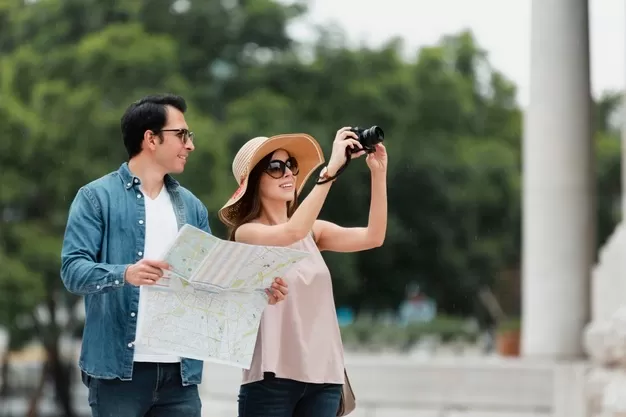The Best Photography Tips You’ll Ever Get
In photography, you must learn how to make the correct adjustments. It doesn’t matter if your goal is to make a living as a photographer or just want to take better pictures of your family, the tips and tricks in this article can help. It’s only a matter of time before you achieve greatness.
Don’t force your subjects to stand in a certain way for each and every shot. It’s not uncommon for the best photographs to be candid, action shots. The picture will appear more “real” because you’ve captured the subject in his or her natural environment and mood. Be sure to capture as many candid moments as possible so that you can pick out a few gems.
In photography, it is critical to use a variety of perspectives to capture your subject. Rather than taking a single picture from a single angle, take a series of photos from different perspectives. To get the best results, get up and move around as much as possible.
In order to produce high-quality photographs, you need a DSLR. You can preview the images right away thanks to a single lens on this new camera, which is still in development. For aspiring photographers, the larger the camera’s image sensor, the better. To get the precise images you desire, consider using a full-frame camera.
Make sure your camera has built-in red-eye reduction or that you change the direction of your flash to avoid red eyes in your photographs. Red eyes can be easily removed from photos using graphics software such as Corel or Photoshop if you took the picture.
If you’re shooting people, you’ll want to take advantage of the “golden hours.” “Golden hour” refers to the time between dawn and dusk, when the hue of the light makes objects appear to be glowing. Because of the way this light reflects off of human skin, it produces images of people that are noticeably better than those taken at other times of day.
It’s important to pay attention to your past. Your object should take center stage, but the background should help it along. Keep your background clutter-free and your focus on your object by avoiding any potential sources of distraction. To enhance the object’s form, use lines and perspective in the background.
Make sure to pack any photography equipment carefully if you plan to travel. Don’t let a lack of preparation prevent you from capturing the perfect shot during your trip by packing extra lenses and accessories. When traveling, it’s important to keep your bag light and easy to manage, so don’t forget any of the necessities.
Focus on one subject at a time in your images. A single, sharp point of focus is ideal for photos. Setting up a composition with multiple subjects can be difficult and result in a messy, cluttered frame.. In addition, having a single subject simplifies the process of adjusting the zoom and other settings.
Your shots should be planned in advance. If you plan everything out, from the subject to the angle to the lighting, you’ll get the best results. You can get much better and more interesting photos by planning all of this ahead of time.
Check out your local thrift store for a vintage camera to get a taste of the nostalgic quality of film-based photography. For dramatic images, look for a film with an ISO of 200. You can print your film on a variety of paper types, including fiber-based ones, once it’s developed.
Use the best camera settings for your subjects at all times. Depending on the subject matter or lighting, the results can vary. Keep an eye on the ISO in general, though. To avoid grainy images, shoot at the lowest ISO setting possible.
Experiment with the object’s shadow to see what you can create. It takes on interesting shapes when a shadow is projected onto a distorted surface. You can even use a shadow to create a new subject for your photo. Set up the lighting and the background in such a way that the shadows take on the form you desire.
Keep in mind the rule of thirds whenever you’re framing your shot. To begin with, think of your photo space as divided into thirds, both horizontally and vertically. Instead of having your subject in the center of the frame, move them to the left or right, the top or the bottom of the frame. A viewer’s eyes will be drawn around the image rather than staring directly at it.
Your photos should be taken with a manually adjusted white balance. This gives you a lot more control over the look and feel of your photos, and it can often produce stunning results. There is a learning curve, but using manual white balance gives you the freedom to express yourself through your photographs.
Become familiar with swiveling your camera. Using your camera to make the subject take up more of the frame is a good idea if your subject is taller than wide. To take a vertical picture instead of a horizontal one, turn your camera on its side and press the shutter button.
Take a lot of pictures when you’re trying to capture the perfect shot. To get the perfect shot, you don’t have to limit yourself to just one or two shots with digital photography. You don’t have to be concerned about running out of space because you have an unlimited amount of film. Take a lot of pictures to ensure that you get the perfect shot.
The creative process is at the heart of photography, as it is in all art forms. However, good information, education, and strategy are the best ways to harness creativity. The key is to keep in mind your long-term goals as you pursue your passion for innovation. In order to maximize your natural talent and create a professional portfolio from a collection of amateur photos, follow the advice in the preceding paragraphs.




